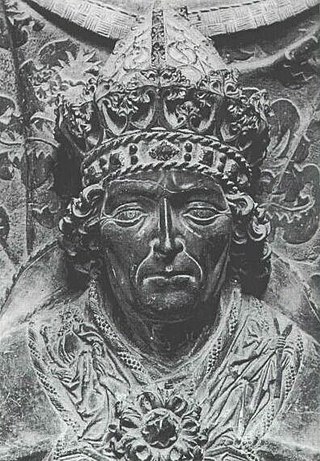
Louis IV, called the Bavarian, was King of the Romans from 1314, King of Italy from 1327, and Holy Roman Emperor from 1328 until his death in 1347.
The history of Bavaria stretches from its earliest settlement and its formation as a stem duchy in the 6th century through its inclusion in the Holy Roman Empire to its status as an independent kingdom and finally as a large Bundesland (state) of the Federal Republic of Germany. Originally settled by Celtic peoples such as the Boii, by the 1st century BC it was eventually conquered and incorporated into the Roman Empire as the provinces of Raetia and Noricum.

The House of Welf is a European dynasty that has included many German and British monarchs from the 11th to 20th century and Emperor Ivan VI of Russia in the 18th century. The originally Franconian family from the Meuse-Moselle area was closely related to the imperial family of the Carolingians.

The Duchy of Bavaria was a frontier region in the southeastern part of the Merovingian kingdom from the sixth through the eighth century. It was settled by Bavarian tribes and ruled by dukes (duces) under Frankish overlordship. A new duchy was created from this area during the decline of the Carolingian Empire in the late ninth century. It became one of the stem duchies of the East Frankish realm which evolved as the Kingdom of Germany and the Holy Roman Empire.

Albert IV was Duke of Bavaria-Munich from 1467, and duke of the reunited Bavaria from 1503.
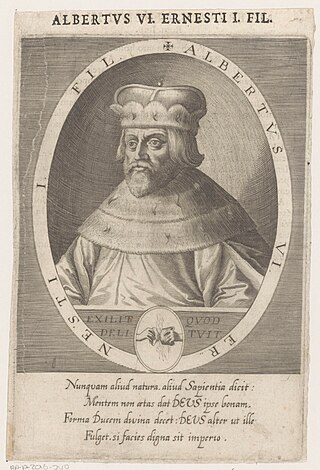
Albert III the Pious of Bavaria-Munich, since 1438 Duke of Bavaria-Munich. He was the son of Ernest, Duke of Bavaria and Elisabetta Visconti, daughter of Bernabò Visconti.
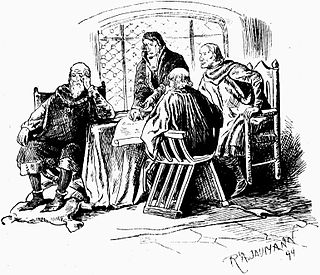
Ernest of Bavaria-Munich, , from 1397 Duke of Bavaria-Munich.
Duke John II of Bavaria-Munich, , since 1375 Duke of Bavaria-Munich. He was the third son of Stephen II and Elizabeth of Sicily.

Stephen II was Duke of Bavaria from 1347 until his death. He was the second son of Emperor Louis IV the Bavarian by his first wife Beatrice of Silesia and a member of the Wittelsbach dynasty.

Saxe-Eisenach was an Ernestine duchy ruled by the Saxon House of Wettin. The state intermittently existed at three different times in the Thuringian region of the Holy Roman Empire. The chief town and capital of all three duchies was Eisenach.

Rudolf I of Bavaria, called "the Stammerer", a member of the Wittelsbach dynasty, was Duke of Upper Bavaria and Count Palatine of the Rhine from 1294 until 1317.
Stephen III, called the Magnificent or the Fop, was the Duke of Bavaria-Ingolstadt from 1375. He was the eldest son of Stephen II and Elizabeth of Sicily.

Louis VII, called the Bearded was the Duke of Bavaria-Ingolstadt from 1413 until 1443. He was a son of Duke Stephen III and Taddea Visconti.
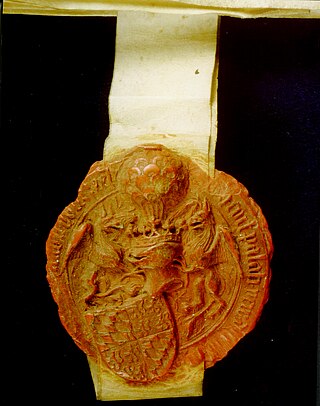
John III the Pitiless (1374–1425), of the House of Wittelsbach, was first bishop of Liège 1389–1418 and then duke of Bavaria-Straubing and count of Holland and Hainaut 1418–1425.
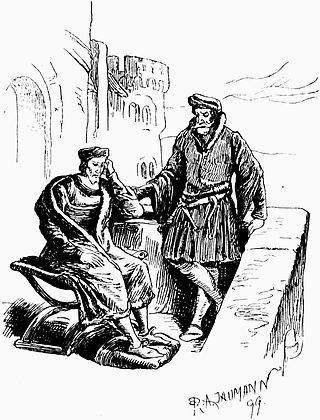
William III (1375 – 12 September 1435;, was Duke of Bavaria-Munich, together and in concord with his older brother Ernest, Duke of Bavaria. William III was a son of John II and a member of the Parakeet Society.

Taddea Visconti, Duchess of Bavaria was an Italian noblewoman of the Visconti family, the ruling house in Milan from 1277 to 1447. She was the first wife of Stephen III, Duke of Bavaria, and the mother of the French queen Isabeau of Bavaria.
William of Bavaria-Munich (1435–1435) was a German nobleman. He was the son of Margaret of Cleves and her first husband William III, Duke of Bavaria. He was born after his father’s death and died in infancy, being buried in the church of the Carmelites in Straubing. His elder brother Adolf nominally ruled as duke alongside his uncle Ernest and his cousin Albert III until he died at age seven.

Elisabetta Visconti, also known as Elisabeth or Elizabeth, was a younger child of Bernabò Visconti and his wife, Beatrice Regina della Scala. Elisabetta was a member of the House of Visconti.
Adolf, Duke of Jülich-Berg, was the first Duke of the combined duchies of Jülich and Berg. He was the son of William II of Berg and Anna of the Palatinate.
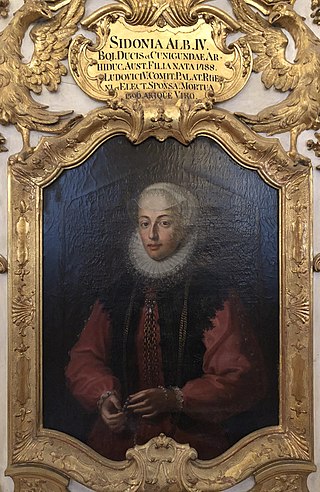
Sidonie of Bavaria was a member of the House of Wittelsbach. She was the eldest daughter of Duke Albert IV of Bavaria-Munich and his wife Kunigunde of Austria. She died later as a bride of the Elector Palatine Louis V.
This page is based on this
Wikipedia article Text is available under the
CC BY-SA 4.0 license; additional terms may apply.
Images, videos and audio are available under their respective licenses.















